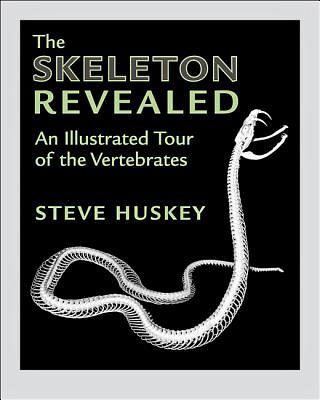
The Skeleton Revealed
An Illustrated Tour of the Vertebrates

PAYBACK Punkte
26 °P sammeln!
The vertebrate skeleton is one of nature's most amazing feats. Composed of cartilage and bone, it forms the supportive structure for the remaining aspects of our anatomy. Stripped of skin, we can see the body's fascinating underlying architecture.In this one-of-a-kind book, biologist and skeletal reconstructionist Steve Huskey lays bare the vertebrate skeleton, providing a guided tour of the nuanced differences among the many featured vertebrate species. Using his own skeletal preparations, which the author has spent decades assembling, Huskey helps us understand why animals live the way they ...
The vertebrate skeleton is one of nature's most amazing feats. Composed of cartilage and bone, it forms the supportive structure for the remaining aspects of our anatomy. Stripped of skin, we can see the body's fascinating underlying architecture.In this one-of-a-kind book, biologist and skeletal reconstructionist Steve Huskey lays bare the vertebrate skeleton, providing a guided tour of the nuanced differences among the many featured vertebrate species. Using his own skeletal preparations, which the author has spent decades assembling, Huskey helps us understand why animals live the way they do. We see in the venomous snake the jaw and fang structures that allow it to both kill and consume its prey whole. The eastern mole rat is shown to be built like a weightlifter coupled with an earth-mover, as Huskey discusses its habit of "swimming through soil." The odd-looking trumpetfish is not built for music but for suction, with a skull that expands to vacuum in its prey.Each page of How Skeletons Work reveals not only the elegance of each skeleton, but also the natural history story the skeleton tells. Come along - let's take a voyage through the boneyard.













